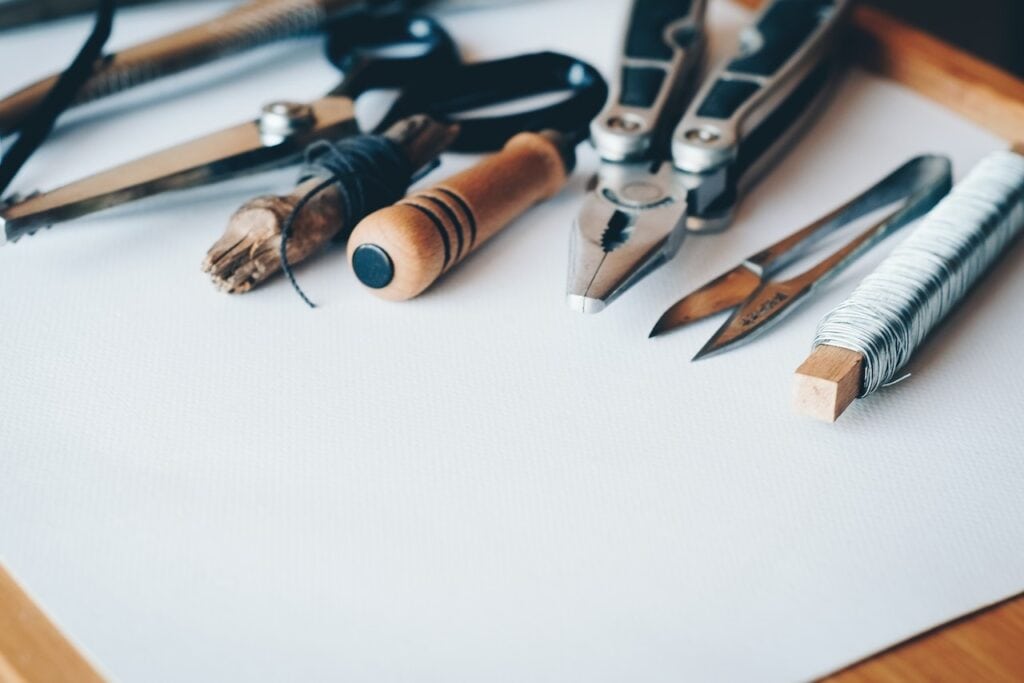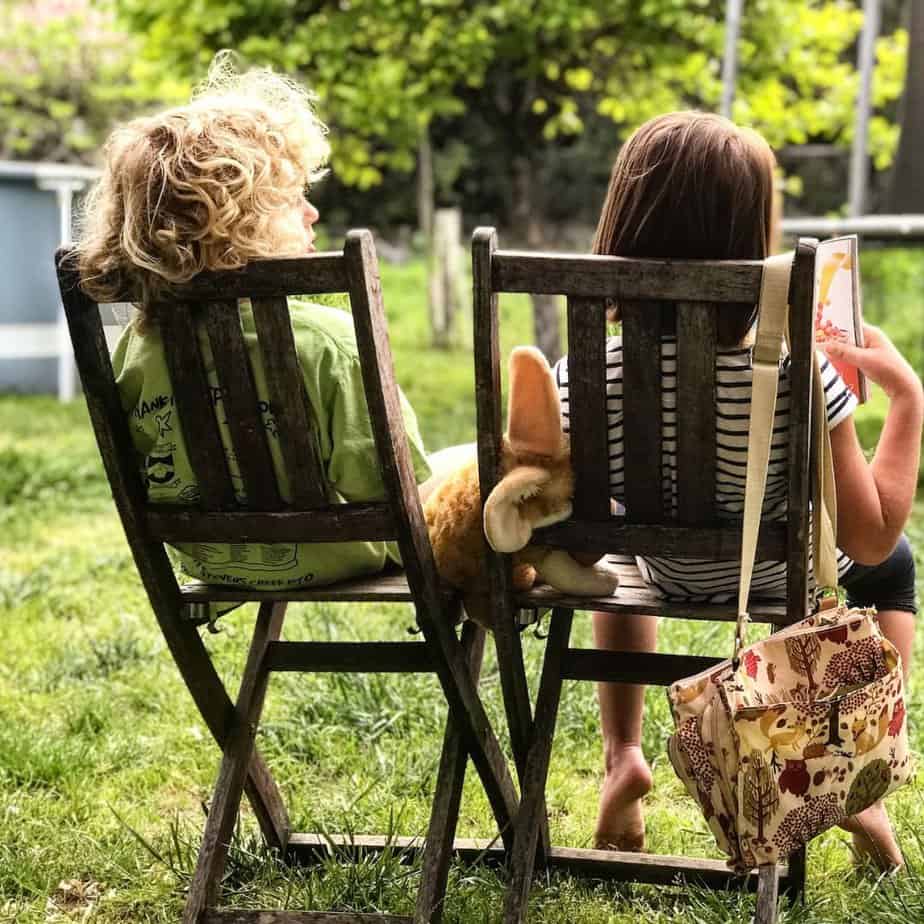How To Get Better At Home DIY


DIY, or Do It Yourself, is a popular approach for repairing, maintaining and improving your home. That said, it’s also quite a technical discipline that requires a careful eye, the right tools, and the willingness to give something a go.
It can feel immensely satisfying to learn how to improve your own home, even when it involves rudimentary additions like putting up new shelves. It might be that once you complete one task, you feel like completing another, and then before you know it you’re actually looking forward to working on your own household.
Of course, the potential of saving money and not having to call a handyman in for the job each and every time can be a nice bonus. So, let’s say you have this motivation. How can you get better at home DIY, incrementally, and at the right pace? In this post, we’ll discuss some methods for achieving exactly that.
Always Start Small & Develop
Once you get a taste for DIY, it’s tempting to take on the biggest job you can to try and enact the changes you want to see straight away. It’s like when you learn to drive, you want to drive as far as you can, or drive as much as possible thanks to your new freedom.
Of course, with DIY it’s always best to start small. Select a few projects you’re comfortable with for the time being, and move on from there. It might be that you hope to retile part of the bathroom. You can find a filing knife, some silicon waterproof protection, small tiles you hope to fit together, and give that a go. Perhaps you’ll opt for putting up a shelf, or simply replacing the carpet in a select area of your room. With small manageable projects, you get to make your basic mistakes with limited effect on your overall house should you make a mistake.
Get Acquainted With Your Local Hardware Store & Its Equipment
Without good tools, good DIY is impossible. You don’t have to spend thousands on a set of tools like a professional contractor might, but you can outfit yourself with some basics. A set of good screwdrivers is a good place to begin. You might also pick up a hammer, a set of pliers, a tape measure, a utility knife and filing knife, a level for balance, and perhaps a drill as a first power tool.
This is a good place to start. You can also them pick up specific items you need, like macrame cords and rope for home design, nails and screws for putting items together or hanging them, or even solutions with acetone for removing residue-dried silicon-based caulk. You can always ask a hardware professional in-store if you have a project you want to take care of, but aren’t sure where to start. Don’t worry, you don’t have to know everything to get involved, and there’s no such thing as a stupid answer.
Subscribe To A Few Cool YouTube Channels & Watch DIY Shows
There are many interesting DIY YouTube channels out there like Mr. Build It, DIY Pete, or HouseImprovements. It can be healthy to watch a few of these, or to simply put in the search term for whatever you hope to change or build and seeing how other people go about it before you do.
Here you can avoid basic mistakes and get some great tips, and also feel motivated for your project even if it doesn’t go as planned to begin with.
DIY shows can also be a great watch, and here you can see some really out-there creations. That might include DIY SOS, Grand Designs, Trading Spaces, and more. It’s always good to see how other people relate to your hobby and also to look at beginner-oriented tutorial channels to show that yes, the more questions you ask, the better.
Focus On Safety
It’s important to remember that DIY can be dangerous if you’re not careful. Hammering, cutting, moving heavy materials, putting items together, it can cause injury if you’re not sure what you’re doing.
That’s why it’s good to wear the right equipment. Safety aprons, non-slip shoes, protective glasses, and even safety gloves can all be important depending on the task at hand. Of course, if you’re putting up shelves then you probably won’t need to wear a full protective suit, but it can be good to make sure your environment is well lit, that you have a stable, hard surface to put the shelving unit together, that you measure the wall appropriately and level where you hope to hang the shelves via each connecting point ahead of time.
On top of that, it’s crucial that you know your limits. Never try to alter your wiring or plumbing without expert help, because both can cause injury, or you can cause damage even if you switch off all utilities and have a vague idea of your goals. It’s always best to bring in a professional here.
Understand The Layout & Limits Of Your House
It’s also good to know the layout and limits of your house. The last thing you want to do is accidentally mount your television unit to your sewage pipe. Moreover, if you plan a more intensive renovative effort, like knocking through a wall, it’s important to make sure that wall isn’t load-bearing.
It’s good to curate a floor plan before implementing any real addition of note, too. For example, you may need to shift your furniture if you hope to replace your radiators with electric heaters, as the hot air that comes out of the top may otherwise cause damage, and may require more space to “breathe” as it were.
In addition, if you’re repainting a room, knowing the square footage of the space can let you know how much paint to buy. Little measures like this make a big difference.
With this advice, we’re sure you’ll get better at home DIY in the best possible sense. Hopefully, you’ll have fun doing it, too.






